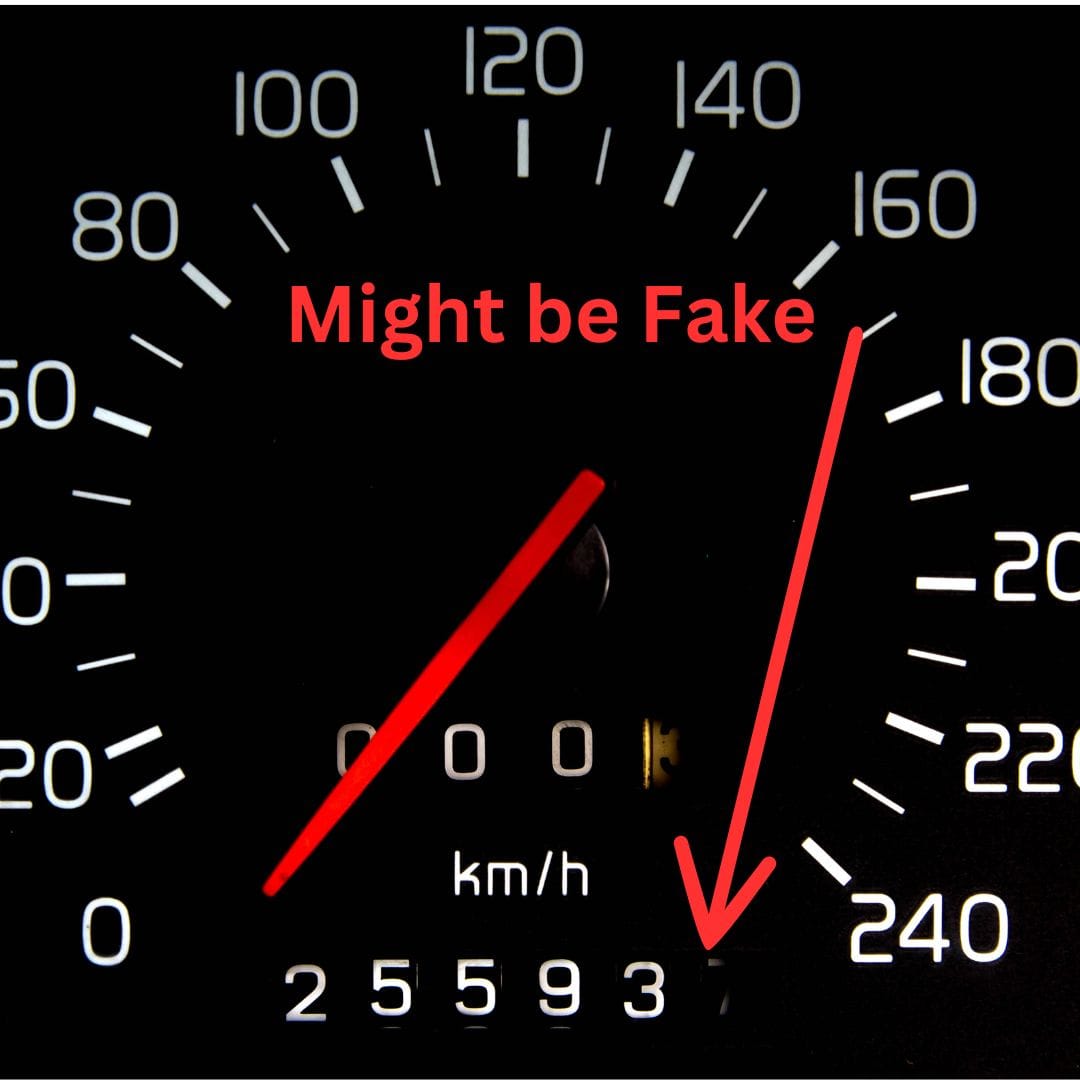Buying a used car from an auction can save you money, but it also comes with risks. One of the biggest dangers is auction sheet fraud, where the auction sheet (a document detailing the car’s condition and history) is faked or altered. If you’re not careful, you might end up with a car that has hidden problems. This is why auction sheet fraud detection is so important. In this guide, we’ll look at the red flags you need to watch out for so you can avoid getting scammed.
What is Auction Sheet Fraud?

Before we dive into the red flags, let’s first understand what auction sheet fraud is. An auction sheet is supposed to give you honest details about a car, including:
- The car’s overall condition
- Any past accidents or repairs
- The mileage (odometer reading)
- The auction grade (a rating of the car’s quality)
Fraud happens when this information is faked or changed to make the car look better than it is. Sellers may tamper with the sheet to hide issues like accident damage, rolled-back odometers, or mechanical problems.
Why Auction Sheet Fraud Detection is Important
Auction sheet fraud detection is essential because it helps you avoid buying a car that might cost you more in the long run. Without proper verification, you could unknowingly purchase a vehicle with:
- High repair costs due to hidden damage
- Legal issues if the car has a fraudulent past
- Safety concerns from undisclosed accidents or mechanical failures
Now, let’s dive into the key red flags you need to watch for when checking an auction sheet.
Red Flag #1: Inconsistent Mileage Readings

One of the most common red flags in auction sheet fraud detection is odometer tampering, where the car’s mileage is rolled back to make it seem like the vehicle has been driven less. This can lead to major problems since a car with more miles is likely to have more wear and tear.
How to Detect:
- Check the auction sheet for unusual jumps in mileage over time. If the mileage seems lower than it should be for a car of its age, that’s a big warning sign.
- Compare with other documents like service records or vehicle history reports to ensure the mileage matches.
Red Flag #2: Undisclosed Accident History
Accidents can significantly impact a car’s value and safety. Some sellers may try to hide the accident history by faking or omitting information on the auction sheet.
How to Detect:
- Look for terms like “repaired” or “repainted” on the auction sheet. If these are missing but the car has visible signs of damage or repair, it could be a red flag.
- Use auction sheet verification services that offer detailed accident history checks.
- Look at the car’s body and paintwork closely for signs of uneven surfaces, mismatched paint, or poorly aligned panels.
Red Flag #3: Suspicious Auction Grades

Auction sheets assign a grade to the vehicle based on its overall condition, ranging from very poor to excellent. If a car has a higher grade than it deserves, the sheet may have been altered.
How to Detect:
- Be cautious if the auction grade is unusually high compared to the car’s appearance or age.
- If you see a Grade 5 (almost perfect condition) but the car shows signs of wear, scratches, or rust, that’s suspicious.
- Research grading systems for the specific auction you’re dealing with and ensure the grade matches the car’s visible condition.
Red Flag #4: Missing or Vague Information
A good auction sheet provides detailed information about the car’s condition, including past repairs, exterior and interior damage, and mechanical issues. If important information is missing, it could be a sign of fraud.
How to Detect:
- Watch for auction sheets that lack specific details about repairs, paintwork, or interior damage.
- Vague language like “minor damage” without further explanation should raise questions.
- Compare the auction sheet with an inspection report to ensure all relevant information is disclosed.
Red Flag #5: Inconsistent Auction Sheets
If the auction sheet seems off, comparing it with other documents or reports can help detect fraud. Sellers may provide altered auction sheets that don’t match the official records.
How to Detect:
- Request official copies of the auction sheet from trusted sources or auction houses.
- Use auction sheet verification services that cross-check the details with the auction house’s official records.
- If there are discrepancies between the auction sheet and other documents, such as the car’s service history, be cautious.
How to Avoid Auction Sheet Fraud
Now that you know the red flags, here are a few steps to protect yourself from auction sheet fraud:
- Always Verify the Auction Sheet: Use auction sheet verification services to cross-check the details with the auction house’s official records.
- Ask for a Vehicle Inspection: If you can, have the vehicle inspected by a trusted mechanic before you buy.
- Check the Chassis (Vehicle Identification Number): Chassis can tell you a lot about the car’s history, including accidents, repairs, and title issues.
- Use Trusted Auction Houses: Only buy from auction houses or dealers with a solid reputation.
Conclusion
Auction sheet fraud can lead to expensive repairs, legal trouble, and even safety risks. By paying attention to red flags like inconsistent mileage, undisclosed accident history, suspicious auction grades, missing information, and discrepancies, you can protect yourself from getting scammed.
Auction sheet fraud detection is key to making a safe, smart purchase. Make sure to verify every detail and avoid rushing into deals that seem too good to be true.
Stay alert, and you’ll increase your chances of finding a quality car that’s worth every penny!
